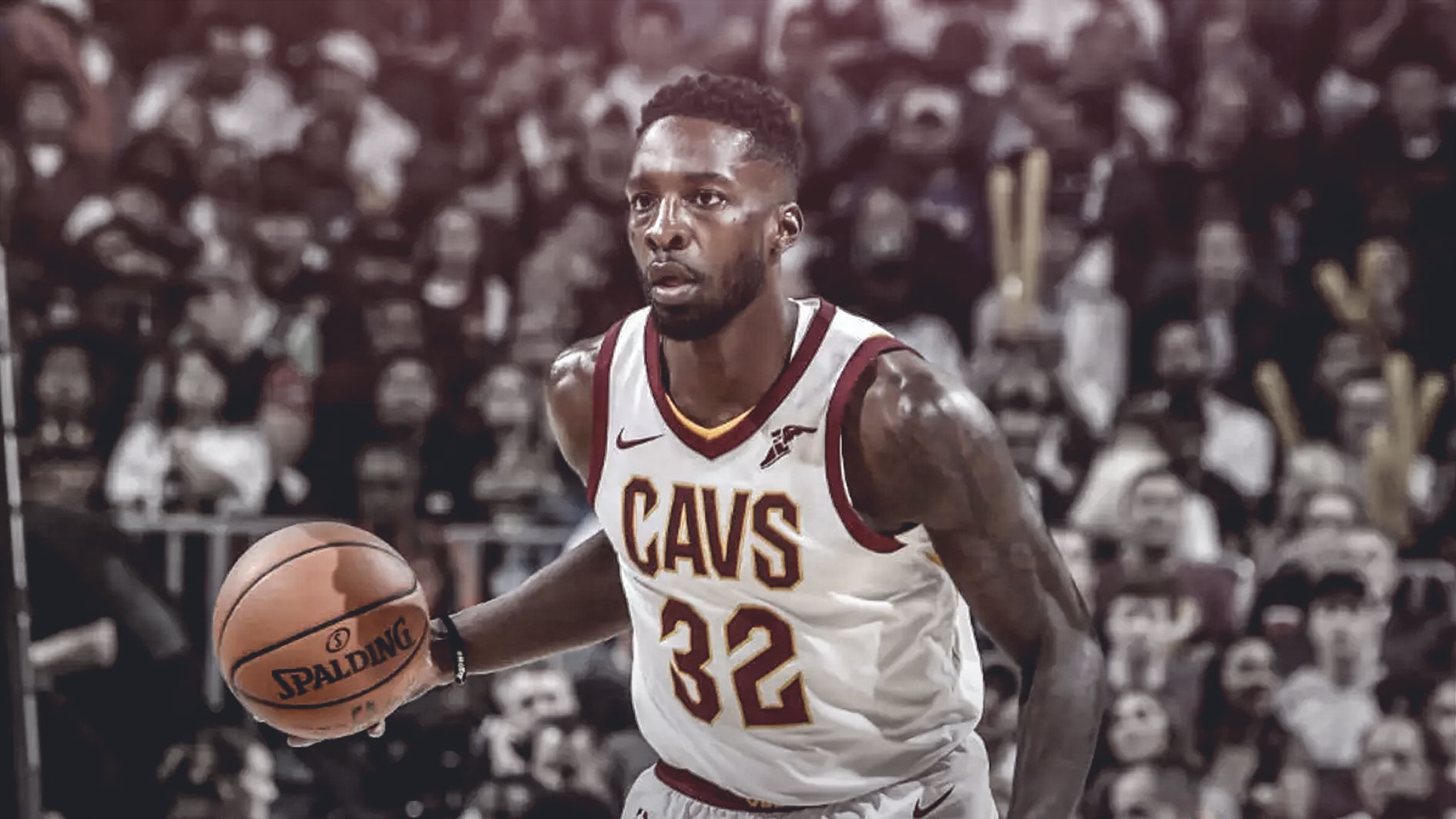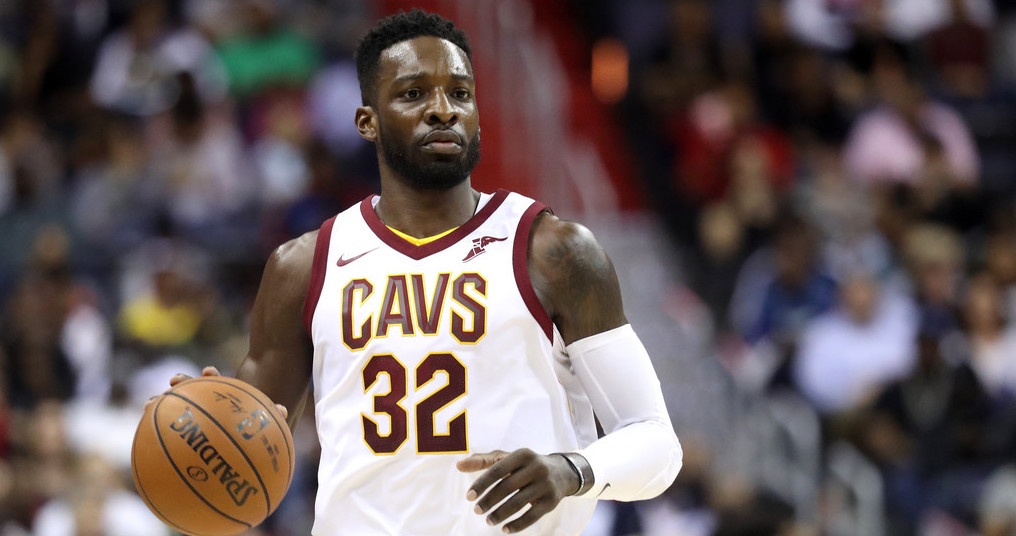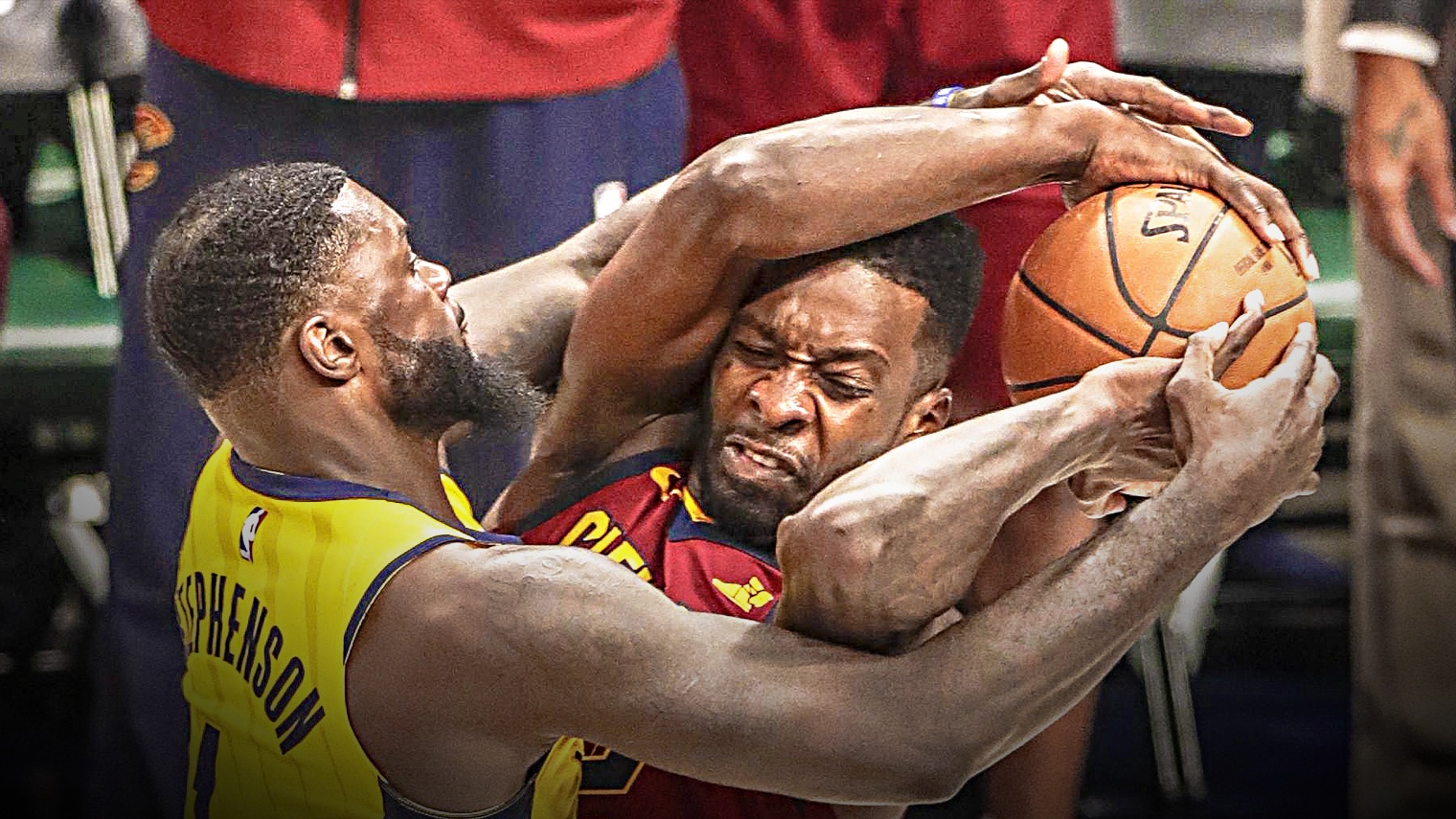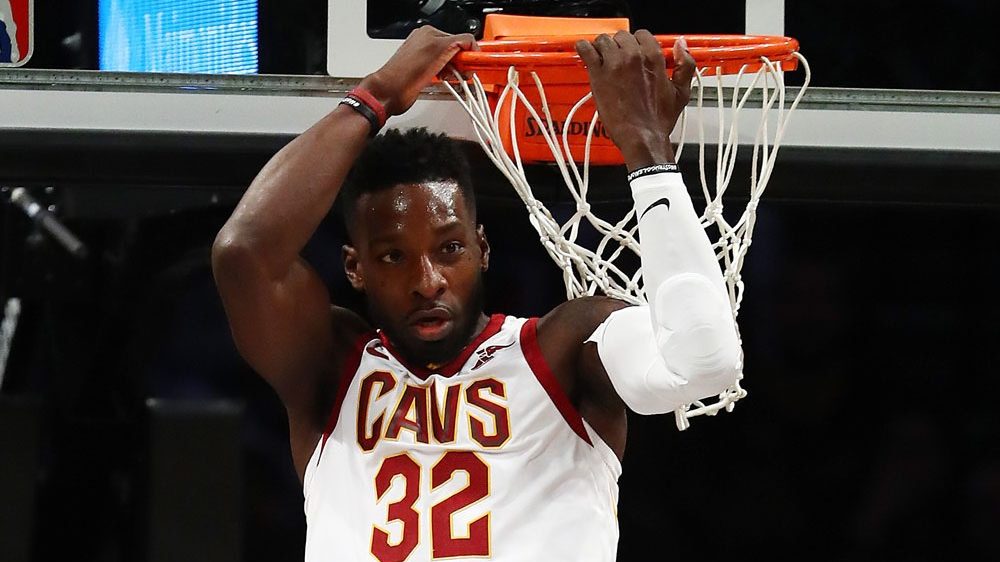Throughout his career, LeBron James has almost always lacked one thing: a competent backup. During his first tenure in Cleveland, he played in front of the likes of Wally Sczerbiak and Jamario Moon. In Miami, James Jones and Shane Battier played behind him. Once James returned to the Cavaliers, Jones, Shawn Marion, and Mike Miller spelled him. Richard Jefferson joined the team in 2015-2016 and became the best backup James ever had, although his age limited his effectiveness.
In the summer of 2017, the Cavs signed Jeff Green in an attempt to shore up their forward position. After a very disappointing season with the Orlando Magic, Green was a low-risk, high-reward signing at the veteran’s minimum. But, when Kyrie Irving was traded to the Boston Celtics, the backup small forward issue that followed James for his entire career was finally solved.
As part of the return for Irving, the Cavaliers received Jae Crowder. In 2016-2017, Crowder averaged 13.9 points, 5.8 rebounds, 2.2 assists, and one steal per game while shooting 46% from the field and 40% from beyond the arc.
A knock-down shooter and excellent defender who played three positions, Crowder was, on paper, the perfect backup for James, and he began the season starting at power forward next to him.

Unfortunately, not everything that should work in theory does, and Cleveland found that out first-hand. Before being traded, Crowder played 53 games for the Cavs, averaging 8.6 points, 3.3 rebounds, and 1.1 assists while shooting 41% from the field and 33% from deep. Instead of bringing intensity, Crowder instead displayed lethargy. It never seemed as if Crowder was fully invested in Cleveland, and the team had no issue moving on from him at the trade deadline.
The Cavaliers were content with letting Crowder go partly due to his poor performance, but in larger part due to how well Jeff Green was playing. On the season, Green averaged 10.8 points, 3.2 rebounds, and 1.3 assists per game. He shot 47% from the field and 31% from deep. Three-point shooting has never been Green’s strong suit, but the Cavs didn’t need him to excel there. His slashing ability and defense were his biggest assets, and having a versatile scorer and defender coming off the bench was key in the playoffs.
In the decisive Game 7 of the Eastern Conference Finals, Green scored 19 points and grabbed eight rebounds. In the NBA Finals, Green scored only 21 points over the four games. His 6’9″ frame and excellent athleticism earned him the privilege of defending Kevin Durant, and while Green did not do poorly in that facet, Durant dominated the series (after Game 1).
It seems that fans have been waiting for Green to finally reach his vast potential for years, but he turns 32 years old in August. He has most likely maxed out as a player, and that’s okay. He’s not a high end starter, or even an elite bench player. But, he is very good, and worth much more than a minimum contract.

Rob Carr/Getty Images
In the event that LeBron James remains with the Cavaliers, retaining Green should be a high priority. He is a versatile scorer and defender, and the best backup that James has ever had. It’s unlikely that the Cavs will be able to acquire or afford a significant upgrade at backup small forward, so Green is the best they can realistically do.
The fact that he can play power forward as well only increases his value to the team. If Green becomes even a 36% three-point shooter, his effectiveness skyrockets. He was just 3-for-14 from deep in the Finals; if he hit two more, perhaps the Cavaliers win Games 1 and 3.
If James leaves, Green would probably not be re-signed. At this stage in his career, Green is looking to win a ring, and a rebuilding Cavs team would not give him a good chance to do that. Perhaps he could follow James to his new team, even if it requires him to sign for the minimum once again.
The Houston Rockets, Philadelphia 76ers, Los Angeles Lakers, and other rumored options would all be happy to have a player of Green’s caliber in the rotation, especially Houston. In order to create the cap space necessary to sign James, the Rockets would have to get rid of players such as Trevor Ariza and P.J. Tucker, and Green would be a fantastic replacement.

Like many of the current Cavaliers, Green’s fate with the team depends on what James decides to do over these next few weeks. A player of his age and caliber does not fit with a squad entering its second “dark age” of the decade. No matter what happens, Green was a crucial member of the 2017-2018 Cavs, and they would not have returned to the NBA Finals without him.
